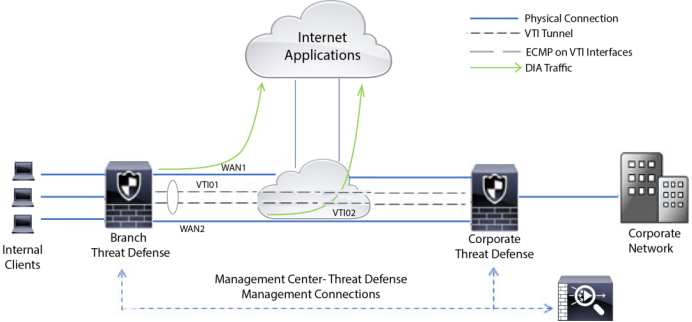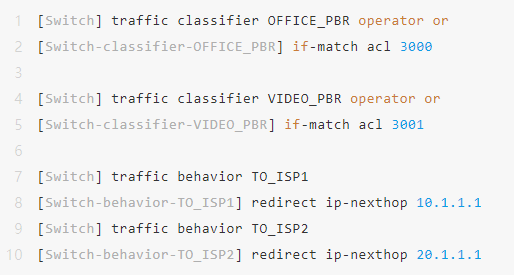Strategic Routing Learning these steps is actually very simple
Good evening, everyone!
In our daily operation and maintenance of enterprise network, we often encounter such a scenario: the same switch or firewall equipment connected to a number of export links, we hope that according to different traffic to go different exports.
For example, office Internet access takes link A, while video conferencing or backup traffic takes link B. So, at this time, ordinary static routing or OSPF / BGP obviously can not accurately meet the requirements, how to do it?
Today, we are going to in-depth analysis: the application scenario of policy routing and the configuration method of Huawei equipment.
For more information, please scan the WhatsApp QR code below to contact customer service.

01 What is policy routing?
Traditional routing determines the next jump based on the destination address, while policy routing can flexibly decide the traffic direction based on source address, destination port, protocol type, etc. It is very suitable for use in flow diversion, multi-export control and other scenarios.

![]()
Examples of application scenarios
· The office network goes through the default link, and video conferencing goes through a line.
· A department or IP segment exclusive to an export;
· Achieving manual sharing of business traffic pressure in equivalent chains;
· Special applications such as DNS / FTP direct the specified link.
A brief topology diagram
+-----------------------+
| Three Layers Core Switches (Policy Routing) |
+-----------+-----------+
|
-----------------------
| | |
Segment A Exit Segment B Exit Multi-segment Terminal
(Telecommunications) (China Unicom) (192.168.x.x)
Huawei switch policy routing configuration practice
Suppose the requirements are as follows:
· The office terminal of network segment 192.168.10.0 / 24 goes ISP1 when accessing the public network (exit address is 10.1.1.1);
· When accessing the public network, the conference terminal of the network segment 192.168.20.0 / 24 goes ISP2 (exit address 20.1.1.1).
Step 1: Configure static routing for the next jump

Note : This step is to prepare for policy routing . The next hop must be configured .
Step 2 : Define traffic matching conditions ( ACL )

Step 3: Configure a policy routing policy

Step 4: Apply the policy to the interface

Strategic routing can only work on inbound directions!
02 FAQs
Q1 : After configuring the policy routing , the traffic does not work ?
Check the following:
· Has the correct interface and direction been applied?
· Whether the match ACL hits;
· Whether the next hop is reachable (available for ping test);
· Whether the priority is covered by ordinary routing.
03 Summary Recommendations
How to configure | Control accuracy | Operational complexity | Recommended Scenarios |
Static routing | low | simple | Single export / non-diversion demand |
Dynamic Routing (OSPF) | In the middle | medium | Cross-regional Internet connectivity |
Policy Routing (PBR) | high | More complicated. | Multi-export, targeted flow control |
Policy routing is an important means of accurate control of enterprise network traffic, but also needs to be combined with the actual business needs and network structure for a reasonable design. It is recommended to plan fully before deployment to ensure that the logic is clear and the rules are not conflicting!
That's where we're going to share today.
For more Routing resources, follow the Facebook account & youtube account: Thinkmo Dumps


